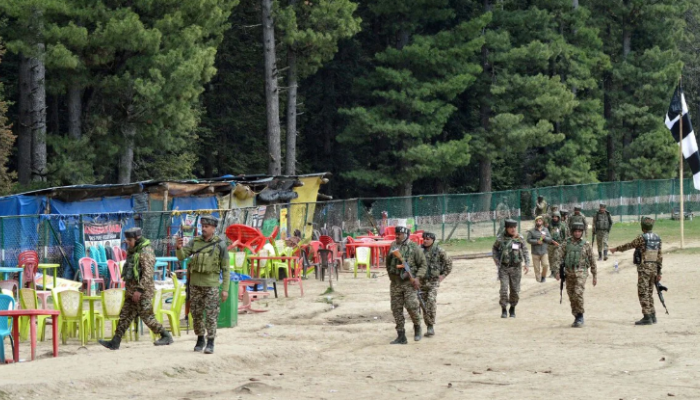In a major move reflecting heightened defence preparedness, India is poised to increase its military budget by an additional Rs 50,000 crore in the aftermath of Operation Sindoor, according to government sources. This increase is expected to push the overall defence outlay past Rs 7 lakh crore, marking a decisive step in reinforcing national security amid rising tensions with Pakistan.
The supplementary allocation will primarily support advanced weapons procurement, enhanced ammunition reserves, and accelerated research and development, the sources confirmed. The proposal is likely to be tabled during Parliament’s upcoming Winter Session.
Operation Sindoor: Triggering Strategic Upgrades
The catalyst for this boost lies in Operation Sindoor — India’s bold response to the April 22 Pahalgam terror attack that claimed 26 lives. The operation saw Indian forces targeting terror hubs across Pakistan and Pakistan-occupied Kashmir, underlining a new era in military doctrine — swift, precise, and unrelenting.
Backed by robust intelligence and technological integration, Operation Sindoor demonstrated India’s upgraded air defence capabilities. These included the indigenously produced Akash missile system and other systems with performance levels comparable to Israel’s Iron Dome. Notably, the Bhargavastra — a new counter-drone system — was tested during this period, showcasing India’s evolving technological edge.
India’s Expanding Defence Budget
The current defence budget of Rs 6.81 lakh crore — already a 9.2% rise from the previous year — is the highest of any Indian ministry, constituting 13% of the total national budget. Since 2014, when the Narendra Modi-led government assumed office, defence allocation has more than tripled from Rs 2.29 lakh crore.
Dr. Prahlada Ramarao, one of the minds behind the Akash defence system, hailed the technology’s capability to intercept even supersonic jets, such as Pakistan’s F-16s. “Sara akash hamara,” he remarked, describing India’s dominion over its skies.
Military Doctrine Shift and Ceasefire Outcome
Operation Sindoor’s success also triggered a visible shift in India’s strategic posture. Indian forces launched 24 strikes within 25 minutes, targeting nine terror bases. Despite retaliatory drone and missile attacks from Pakistan, most threats were neutralized by India’s multi-layered defence grid.
The situation de-escalated when Pakistan’s military suffered significant losses, including radar damage and compromised airbases, prompting them to request a ceasefire. Prime Minister Narendra Modi, in his post-operation address, reiterated India’s changed stance: no negotiations on Kashmir except to dismantle terror structures and reclaim illegally occupied territories.
As Defence Minister Rajnath Singh emphasized, the focus now lies on self-reliance. “Importing defence gear risks our security. Building it ourselves is the only viable future,” he stated.
Looking Ahead
The proposed Rs 50,000 crore boost signals more than just budgetary change. It represents a renewed commitment to indigenous defence manufacturing, operational readiness, and a hardline stance on terrorism — defining the contours of India’s defence narrative for years to come.




